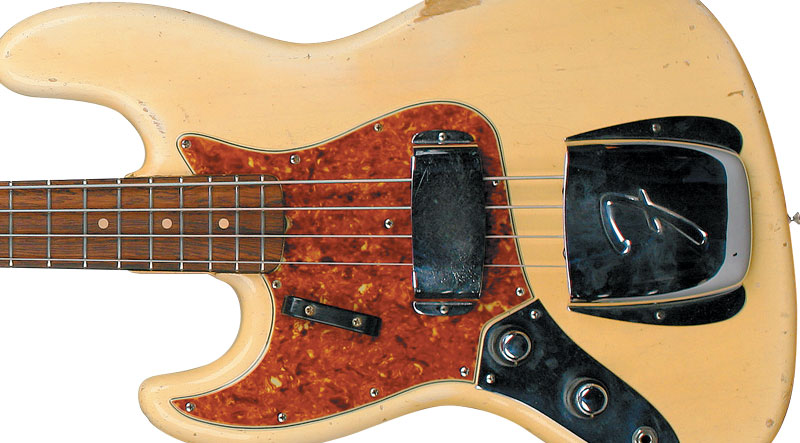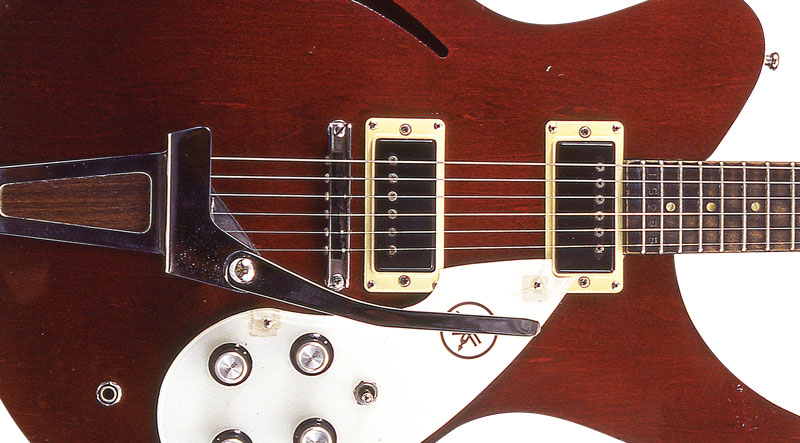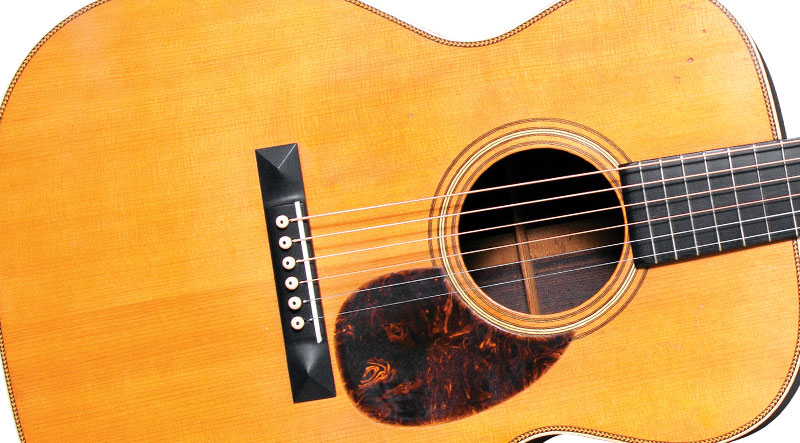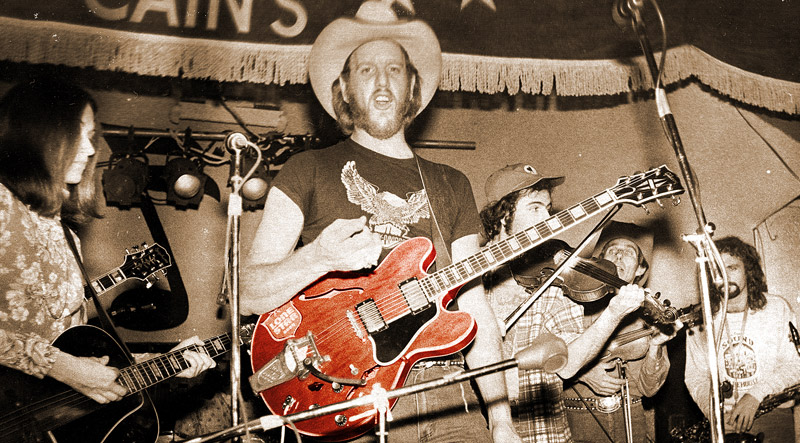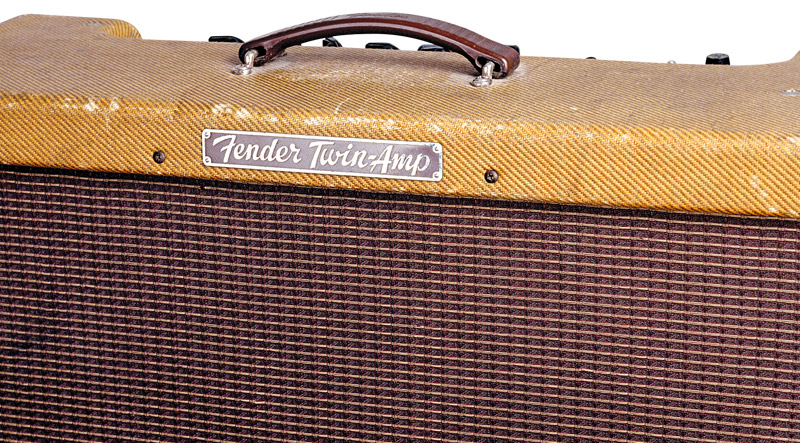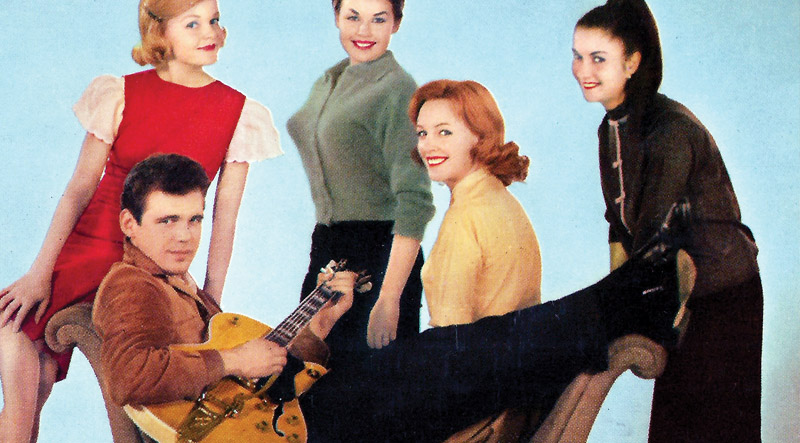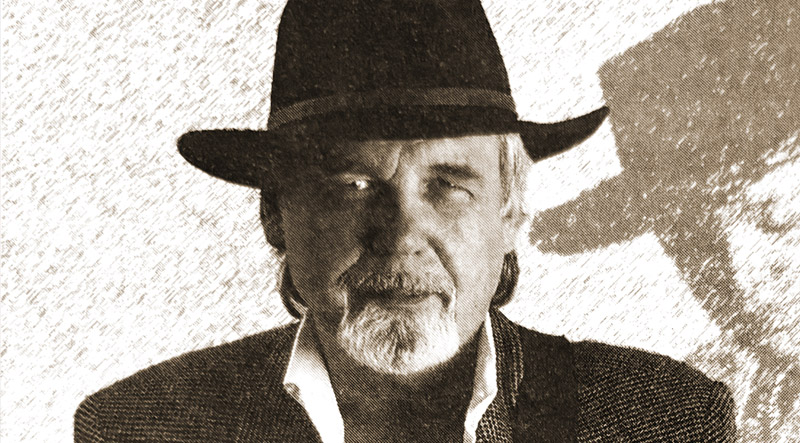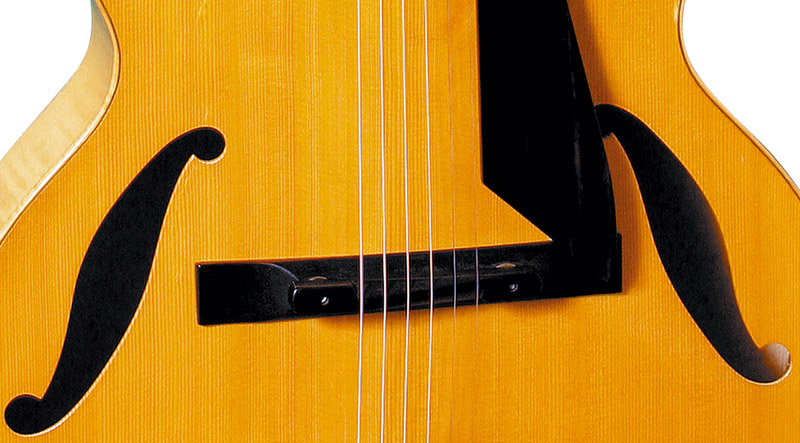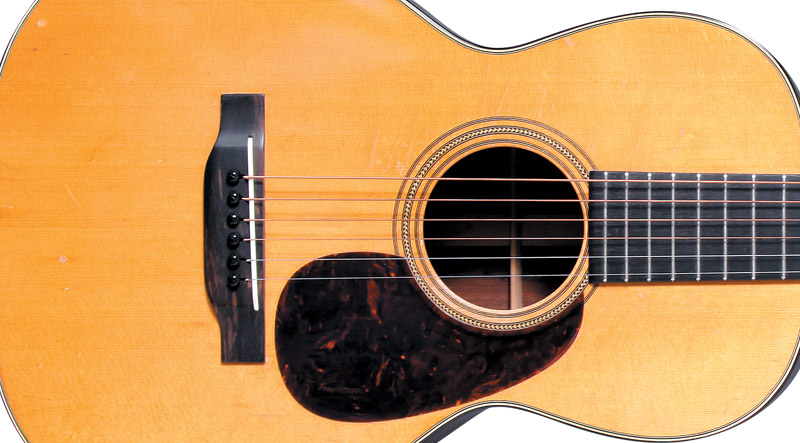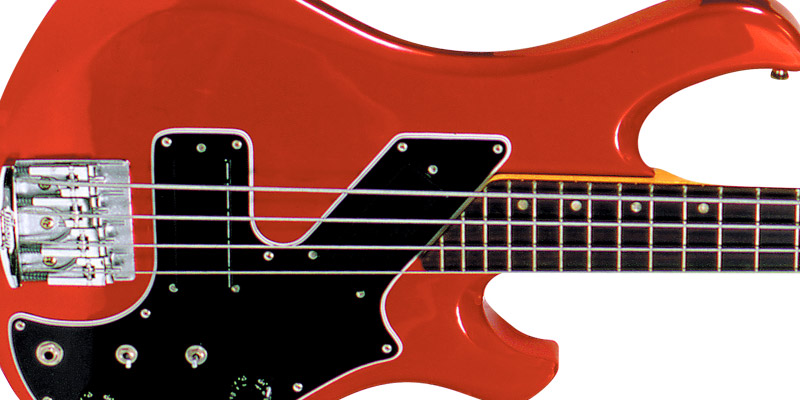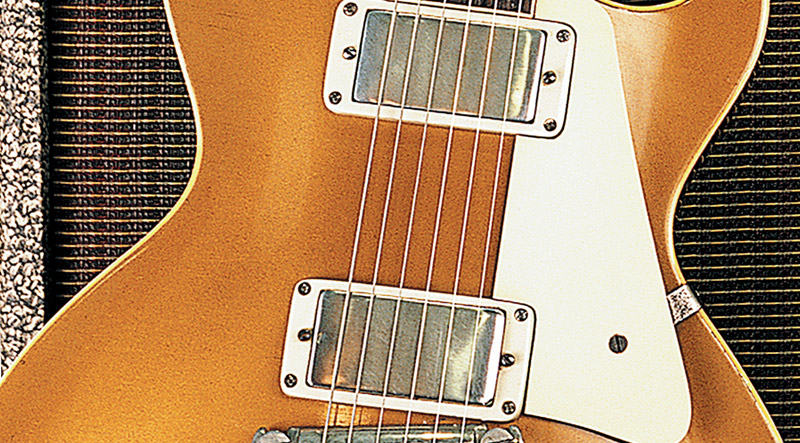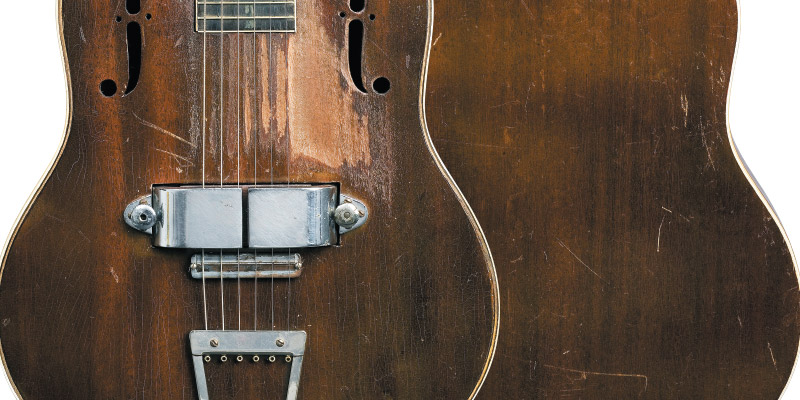-
Overdrive
Joe Long’s “stack-knob” Fender Jazz Bass
If you’re a fan or aficionado of vintage instruments, odds are that any early-’60s Fender Jazz Bass catches your eye. And “lefty” versions are especially intriguing, given their rarity. The Jazz was Fender’s second electric bass, following the groundbreaking Precision, which was introduced in late 1951 and underwent three stylistic changes by the time the…
-
The Hagstrom EDP46 DeLuxe
World War II was responsible for an unbelievable amount of what we today know as the modern world, from computers to plastics. Even though there was a previous similarly named conflagration, WWII was our only truly “world” war, where virtually no part of the globe went untouched. It was the aftermath of WWII that gave…
-
Yamaha SA-15
Our perception of Japanese guitars has evolved slowly. At one point, they were cheap toys, at other times imperfect copies, then startling innovations. Perspective encircles the truth. So, how should we perceive the Yamaha SA-15? Japan became interested in guitars in the early 1920s, as some musicians there began to perform what we’d today call…
-
The Martin OM-28
Although popular music of the 1920s featured the tenor banjo as the preferred rhythm instrument, the guitar’s popularity rose steadily through the decade, and by the ’30s, it had overtaken the banjo. As had been the case with tenor banjos, mandolins, and classical/minstrel banjos in earlier eras, the best-selling fretted instrument attracted the most attention…
-
The (Way) Back Beat: Top O’ The Line, For Only $150!
The Immortal Danelectro Guitarlin
Having looked at the most expensive electric guitars offered in 1960s – over 50 years ago. Traditional makers – Gibson, Guild, and Gretsch – concentrated on flashy amplified archtops that retailed up into the $700 to $800 range – beautiful instruments, but not representative of where the electric guitar was going. More forward-looking makers offered…
-
Freddie Green
Artistry in Rhythm
Fellow musicians called him “Pep” or “Pepperhead.” He was also known as “Mr. Rhythm,” and he could drive a band like no other guitarist. His was a subtle yet unmistakable motivating and metronomic force. Others emulated his style and function, but Freddie Green was the archetype – the most famous rhythm guitarist in jazz. In…
-
Gibson Wall-Board Guitar
Out of the Woods, Off the Wall
In the world of “guitarcheology,” it’s well-documented that the truly interesting stuff – prototypes, one-offs, custom instruments – usually surface close to the source. For instance, in the 1970s, Fender prototypes walked into guitar shops in Orange County, California. D’Angelicos are typically still within a few hours of New York City, as they were almost…
-
Gibson’s Crest Models
Gibson has produced two guitars bearing the “Crest” name. While both designs date to the 1960s, they’re very different instruments. The first incarnation was a single-cutaway with design ties to the L-5CT, while the second looked more like a fancy ES-335 with a shortened neck. In almost every way – size, construction materials, appointments, and…
-
Gibson’s “SG” Les Paul
Classic Shape That Filled Big Shoes
In 1961, Gibson replaced the single-cutaway Les Paul with a new line of lighter, thinner, mahogany double-cut solidbodies. Developed under the aegis of Ted McCarty and introduced as the “new Les Paul,” it exemplified a new marketing emphasis for Gibson. According to Les Paul himself, it was designed and introduced without his consultation or knowledge.…
-
Gibson Super 400
Much of America was still recovering from the Depression in 1934 when Gibson introduced a guitar at a price that was almost $100 higher than its current top-of-the-line model, the L-5. At $400 (with case and zippered case cover, compared to $302 for the L-5 with case), the Super 400 seemed a more appropriate model…
-
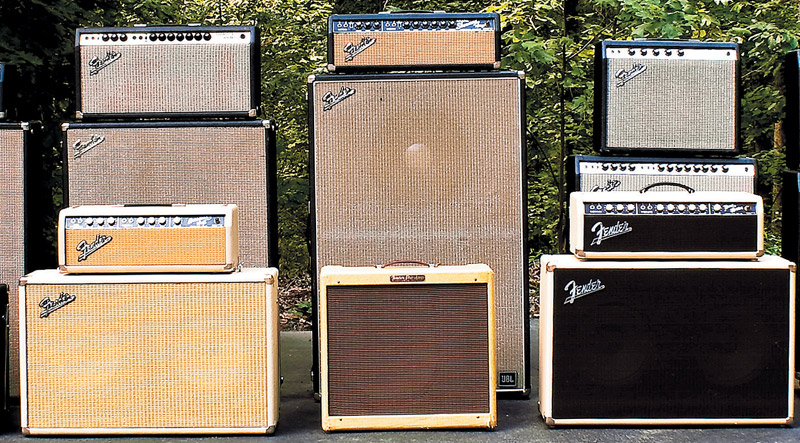
Dave Gant’s Amp Collection
Key Collection: Nashville pro Dave Gant fosters an impressive gathering of amps
-
The (Way) Back Beat: A Pretty Girl is Like a Melody
Fretted cheesecake advertising through the years, Part One
-
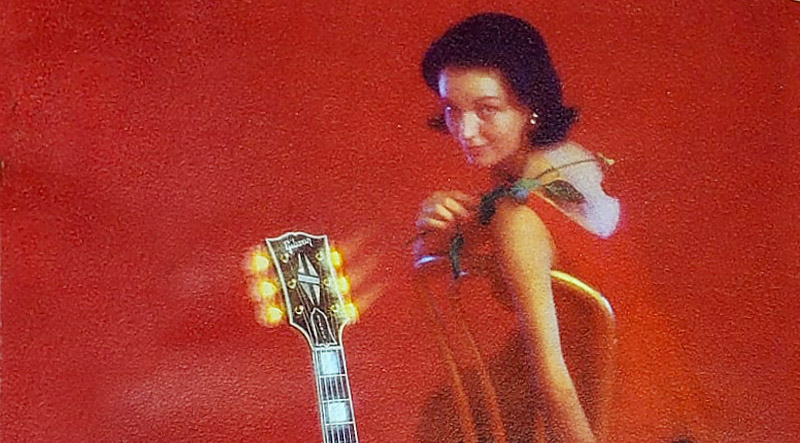
The (Way) Back Beat: A Pretty Girl is Like a Melody
Fretted cheesecake advertising through the years, Part 3: The 1960s
-
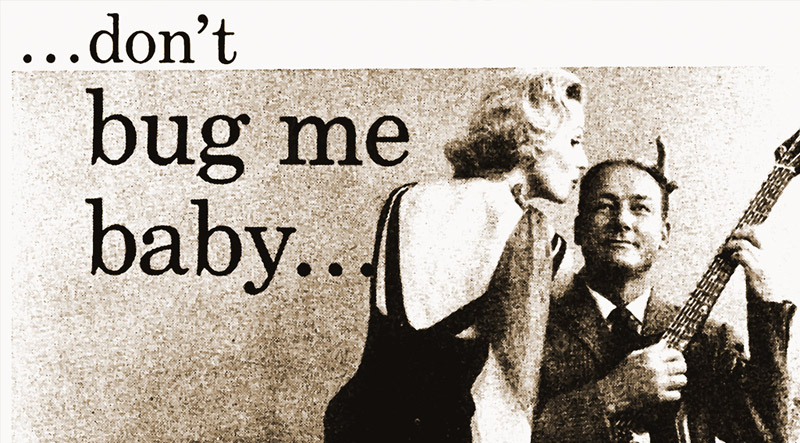
The (Way) Back Beat: A Pretty Girl is Like a Melody
Fretted cheesecake advertising through the years, Part Two

